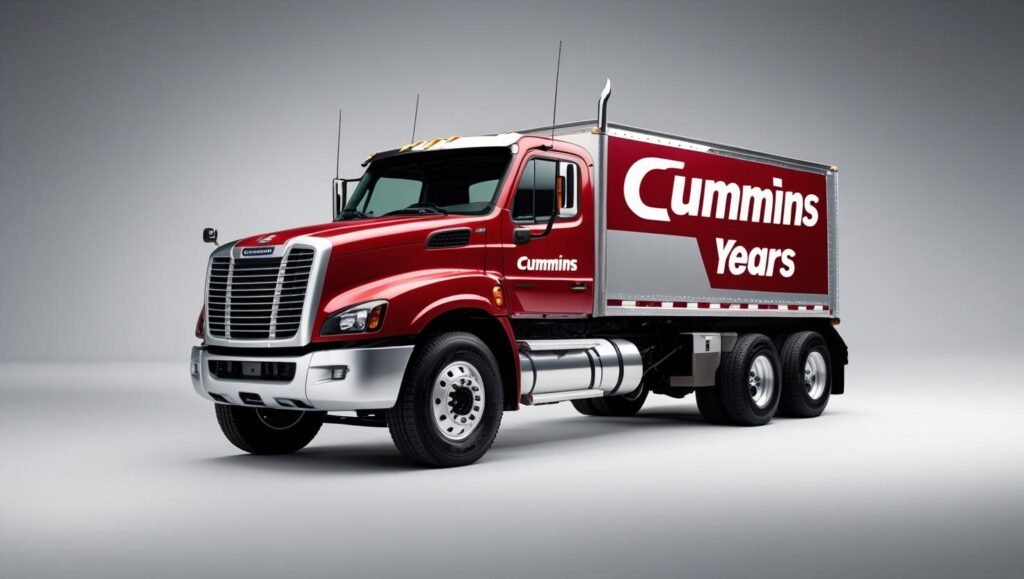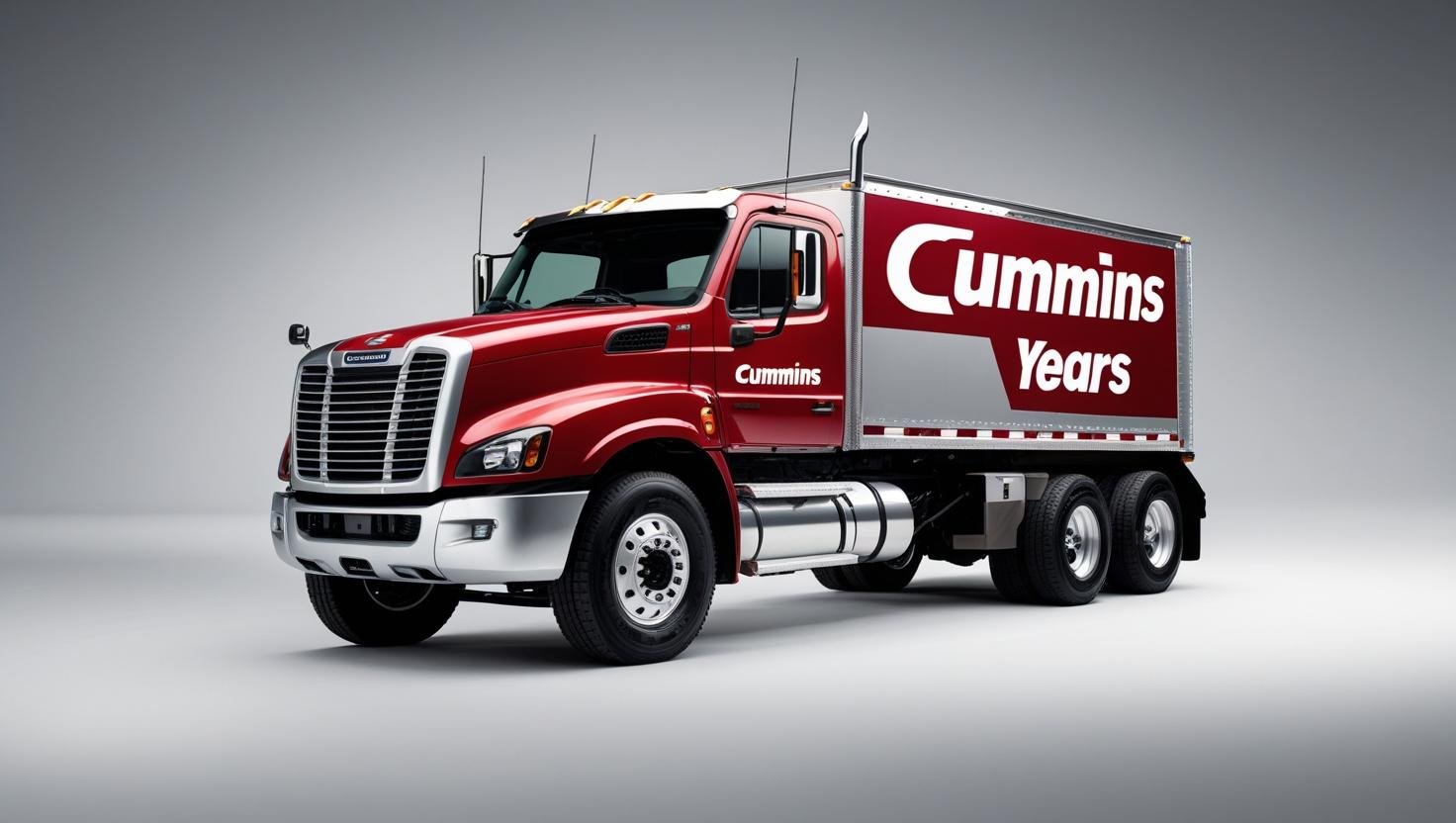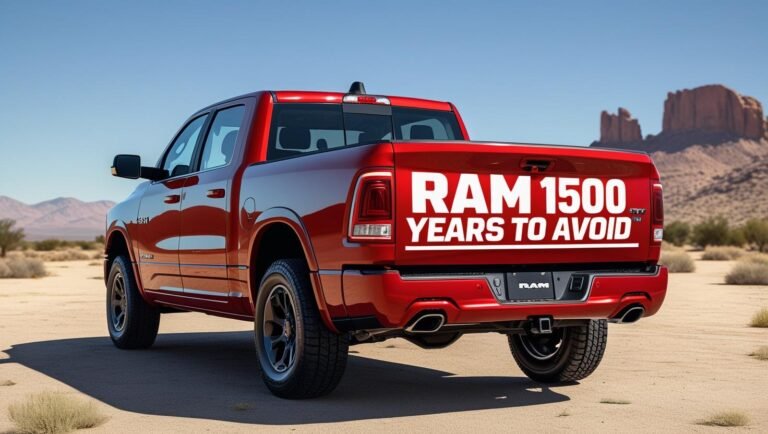dodge cummins years to avoid and why
dodge cummins years to avoid :dodge cummins vehicles are equipped with advanced Cummins engines. The collaboration between the vehicle and the engine began in 1989 with the Dodge Ram 250 and 350 trucks. The vehicle gained a high reputation in its early releases for its durability and towing capacity. In a later year, the partnership between the engine and the vehicle was separated, but the general concept of the vehicle remained the same: a powerful engine and a strong chassis.
Ram EcoDiesel Years to Avoid (The Worst Model Years)
dodge ram 1500 years to avoid (electrical issues and more)
dodge cummins engine
The early editions of the car were equipped with a 5.9L Cummins engine known for its simplicity, durability, and power. In 2007, a 6.7L Cummins engine was introduced, which initially had some concerning issues like soot blockages and problems with the fuel pump, but these issues have now been resolved.

Recurring problems across generations
- Fuel system in early models: The early models were equipped with the VP44 injection pump, which faced many failures due to a weak lift pump, and this issue could lead to damage to the injection pump.
- The emissions of the first generation of 6.7 Cummins cause carbon buildup in the EGR, leading to higher than usual fuel consumption.
- Vehicle vibration at high speeds and high fuel consumption in some older versions of the first generation.
dodge cummins years to avoid
1998.5–2002 (Ram 2500/3500 – 24-Valve VP44)
It is considered one of the first releases that faced some issues, such as the failure of the VP44, which causes weakness and stuttering in the lift pump and may cause its damage, and the repair costs of the pump are extremely high. Therefore, you must ensure that there are no abnormal noises in the car.
dodge cummins 2003-2004
The beginnings of the Common Rail system, which witnessed many complaints from users, as there were issues with the lift pump, high oil consumption, and other problems. Therefore, many users preferred the 2005 and 2007 versions over this one.
dodge cummins 2007.5–2012
The preliminary versions of the second generation with a 6.7 engine, which experienced numerous emissions in the early editions and carbon buildup in the EGR, DPF blockages, frequent regeneration, and sometimes soot malfunctions.
How to inspect dodge cummins before buying?
- Check the fuel supply pressure on VP44 models and look for lift pump upgrade invoices.
- Read OBDII codes and pay attention to any codes related to EGR/DPF or high fuel pressure.
- Check CP4 recalls for 2019-2020 (by VIN) and ensure that the repair has been fully completed.
- NHTSATake a long test drive including highway speeds and slight road undulation to assess steering/vibration.
- Analyze used oil (Blackstone or similar) to monitor for diesel dilution or metal contamination.
(FAQ) dodge cummins years to avoid
Q: Are all RAM Cummins trucks from the “problematic” years bad?
A: No. Many have lasted a long time without major failures thanks to proper preventive maintenance and upgrades. The goal here is to alert you to historically larger risk areas.
Q: 5.9 or 6.7 — which is better?
A: If you want simplicity and to avoid complex emissions, most enthusiasts prefer the 5.9 (2005–2007). If you want towing capacity and newer technology with better efficiency, the 6.7 (2013–2018) is an excellent choice — provided you maintain the emissions system.Boosted Performance
Q: What’s the story with the VP44 in 1998.5–2002?A:
A weak lift pump leads to starving the VP44 causing it to fail. The fix: upgrade the lift/filtration pump and monitor pressure; without it, you could face a hefty bill.Diesel Power Products
Q: I have a 2019–2020… what should I do?
A: Check the VIN on the NHTSA/dealer site to ensure the recall for the CP4 pump (21V-880) was issued and that replacement and complete system cleaning were performed. Keep the documentation.NHTSA
Q: What are the main signs of EGR/DPF problems?
A: Loss of power, higher consumption, emissions warning light, frequent regenerations, smoke/odors. Frequent short driving exacerbates it.


